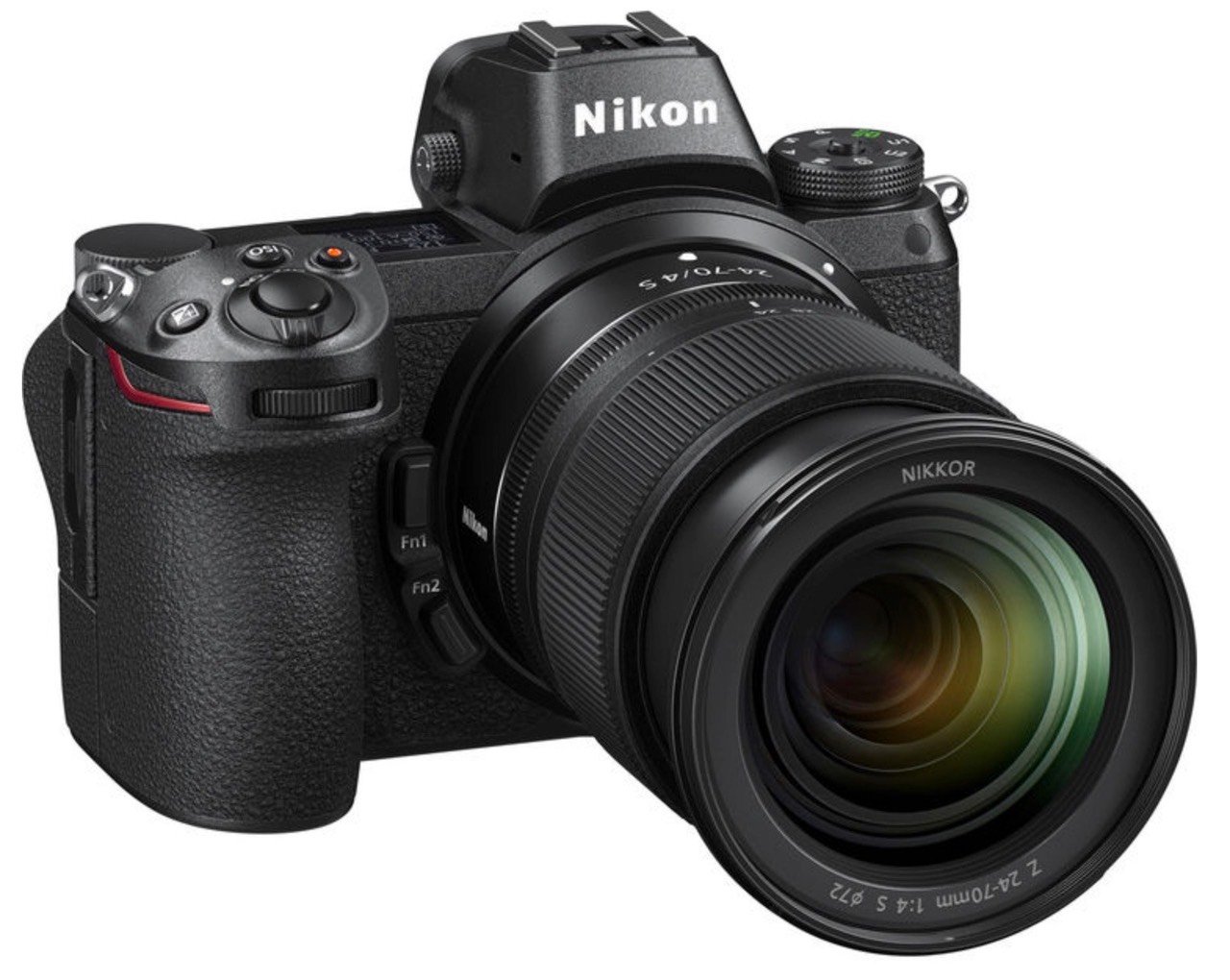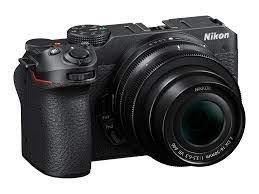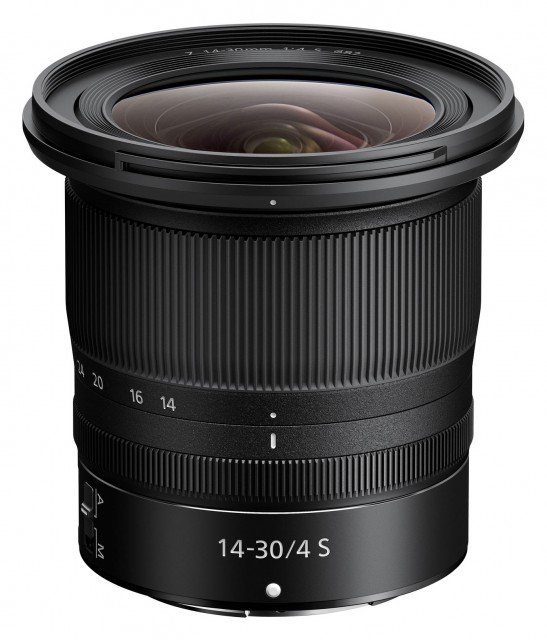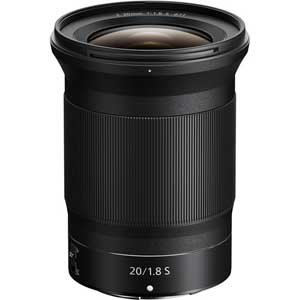James Park
Thanks to growing up within an Area of Outstanding Natural Beauty (AONB) in the village of Silverdale in Lancashire, I have developed a deep connection with the beautiful landscapes and stimulating surroundings I see every day. I believe that even the most familiar spaces offer a novel and inspiring background at different times and seasons, which is why I now rarely leave the house without a camera in case an opportunity arises.
Over the years my passion has grown for the art of photography and has developed into what it is today, not a day goes by without me thinking about it, planning my next image or being out on location somewhere with my gear.
I am constantly trying to update my skills as a photographer so I love to experiment with different photography techniques to create dramatic and powerful images.
My Kit
The main camera that I use is a Nikon Z6 which is a 24 megapixel full frame mirrorless camera with interchangeable lenses. I find to be a fantastic camera to use. I decided to go mirrorless in mid 2020 as my old Nikon DSLR was starting to get a bit tired and the benefits that the mirrorless system gives you are a big step up from the older DSLR systems.
Nikon Z30
My second camera is a Nikon Z30 which I have primarily been using as a video camera but also as a smaller, more compact camera to take with me on family trips and dog walks when I don’t want to take my Z6 with me. It came with a 16-50mm compact lens which has image stabilisation which is great for video work. The Z30 also comes in handy for doing time-lapse photography while on location so I can free up the Z6 for doing other things. It also acts as a secondary camera when I’m doing astro photography as some images can take a long time to produce, you can shoot two different compositions at the same time.
My lens selection is constantly growing and evolving but at the minute I have five main lenses that I use.
Nikkor 14-30mm f4 S
The first is a wide angle zoom 14-30mm f4 lens, this is a fantastic lens for exaggerating foregrounds and for capturing large vistas.
Next up is a standard zoom 24-70mm f4 lens which is a great all round versatile lens giving a decent wide angle at one end and telephoto at the other, a good lens to keep on the camera if you’re not sure what you’ll be shooting.
Nikkor 24-70mm f4
The last of the zoom lenses is the 70-200mm f2.8 Tamron telephoto lens, I love this lens! It’s a really sharp versatile lens that you can use for portraits, close up macro shots, landscapes and abstract shots. The only downside to this lens is the weight, it’s a bit of a beast!
Tamron 70-200mm f2.8 G2
I also have two prime lenses of fixed focal length, a 20mm f1.8 prime lens that I mainly use for astro photography as the wide aperture is great for gathering as much light as possible in as little time as possible on those dark nights so even the faintest stars can be captured without streaking.
Lastly I have a 50mm f1.8 prime lens, I generally keep this lens on my camera and is usually the one lens I take out with me if I’m not taking my full kit out with me. It’s a great lens for portraits, landscapes, street, astro and abstracts. This is probably my favourite lens!
Nikkor 20mm f1.8 S
To achieve varying effects in my images or to balance the scene, I use NISI’s 100mm filter system. These include a polarising filter to boost colours and stop unwanted reflections, a 4 stop and a 10 stop neutral density filters to obtain slower shutter speeds and a 3 stop soft edged graduated filter if I ever need to darken down part of the scene to be able to capture the full dynamic range.
Nikkor 50mm f1.8 S
I use a Benro carbon tripod as often as I can when out with my camera as it creates a stable base for the camera so all the images are as sharp as possible with no camera movement. In addition to this, either a cable shutter release or using a timed release will also help so you’re not having to touch the camera when you take the shot, ensuring there is as little camera shake as possible.







